A redhead superheronic who has been accused of spoiling youth
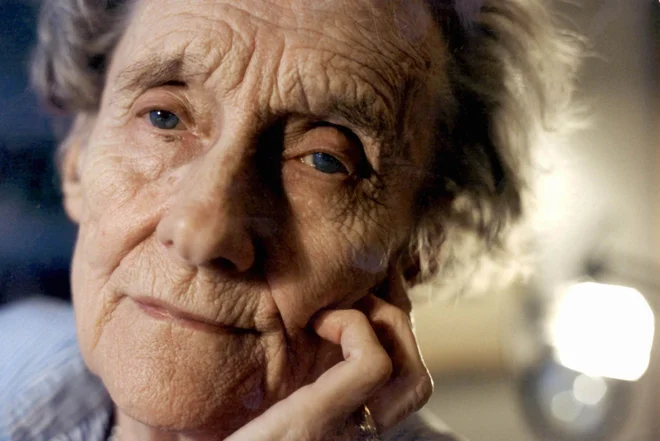
« Mom, tell me something about Piki socks, » she’s seven -year -old Karin addressed her mother as the sick lay in bed. « I had no idea what that was supposed to mean, I invented a name, so that I would encourage my mother’s imagination, » she recalled much later. Now Karin is 90 years old, he writes Nymanher mom was Astrid Lindgren. This is how Pika Socks, the most powerful nine -year -old in the world, was born, the heroine of the children of children, even today, even though He has been 80 years old.
Not only Pika Socks, but other heroes, who were formed by Astrid Lindgren (1907-2002) with their imagination, kneaded and noble, and then poured on paper, marking almost every young reader and staying with him forever. So to speak, every record of her literary reach contains information that her works have been translated into a hundred languages, that she is among the 20 most translated authors in the world, that she has sold 170 million books – even though she never dreamed of being a writer.
On the Näs farm
Her life path was intertwined with various life circumstances and turning points, which now appear to have led it exactly to the point of sock. As a girl – she was born in 1907 on a farm called Näs in a small town of Vimmerby in southern Sweden – she preferred to climb trees and go in nature. From morning to evening, she and her siblings played outside and gained those experiences that today are created by children’s development, and most of all, little Astrid liked to read.
Astrid Lindgren works translated into about a hundred languages. Photo: Reuters
In a modest kitchen, they had a wooden sofa, table, some chairs and firewood, read on the website the description of the moment when the stories fascinated it. In that kitchen, four-year-old Astrid listened for the first time a fairy tale about the giant Bam-Bam and Vili Viribunda. That’s when the kitchen turned into a magical space. « It stirred my little soul and never really stopped, » she later recounted.
Despite a happy childhood, she soon moved out of this village environment imbued with conservatism. After graduating from school, she started working with a local newspaper Vimmerby Tidingthere she went down into a relationship with an older man and became pregnant and caused a local scandal. She moved to Stockholm and learned the skills of the secretary, including the stenography, which later came to her at Pika. In 1926, in Copenhagen, where one of the few maternity hospitals who did not require her father’s name at birth, she gave birth to a son Fancy. Because she was a single mother and wanted to continue her education, she gave the boy for a while in foster care to the Danish family, and returned to Stockholm herself. They later reunited with the child, although it was a very challenging and difficult period for both. She soon met a future husband Square Lindgrenain 1931 they married, three years later, Lars received half -sister Karin.

Pika Nogavička was new years ago, from Swedish, translated by Sovret Award winner Nada Grošelj. Photo: Promotional material
Pika’s popularity in Slovenia owes a lot of timeless illustrations Marlenke Stupicathe general public is a little known fact, but since 1958 it has been accessible and popular translation Kristine Brenko’s It can be read on the website of the Mladinska knjiga in Slovene. On the occasion of the 70th anniversary of the original, we received a translation from the mother tongue of a brave girl. The book was translated from Swedish by the Sovret Prize winner Nada Grošelj. On the 80th anniversary of the Mladinska knjiga published a comic book collection The dot refuses to grow and other comicscreated in the 1950s, imbued with humor and nostalgia. They were also transferred to Slovenian by Nada Grošelj. On the occasion of the anniversary, a biography of the author, written by the Danish author, will also be published by the mentioned publishing house Jens Andersen.
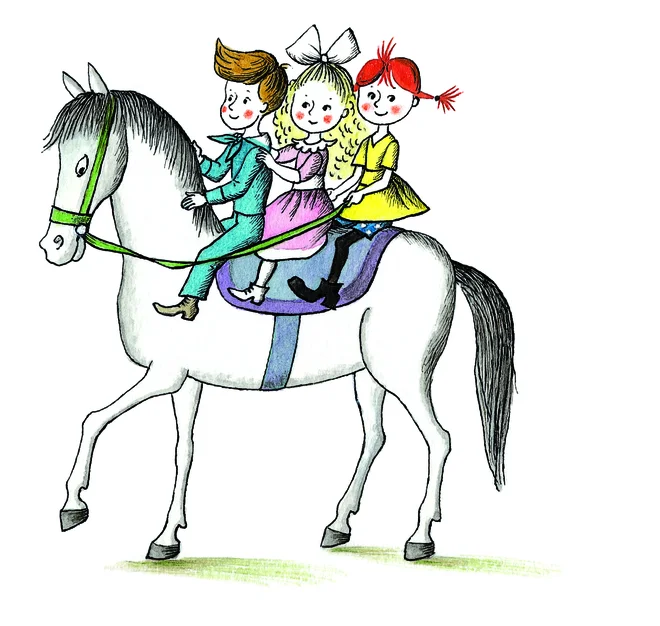
For Slovenian readers, the image of Pika Socks was created by Marlenka Stupica. Illustration: Marlenka Stupica/from Pika Socks book
And here we come to that famous point, to Pippi Långstrump, dots of long socks, as the name came up with seven -year -old Karin, who was not like her mother in childhood or brother, as she said in a conversation for Guardian.
“I was a kid who was staying at home, I was not adventurous and sociable as my brother.” But while lying sick in bed, she plunged one of the most recognizable characters in children’s fiction into the world. The name that gave him hypno worked. Because it was unusual, the girl had to be unusual, later explained Astrid Lindgren. In the following years, she invented stories about an unusual brave and powerful girl who lives alone, as her mother was in heaven, and her father was a captain sailing through the far seas – « But it was actually very pleasant because no one was sending her to bed just when she had fun, and no one was forcing her to drink fish oil when she was better. »
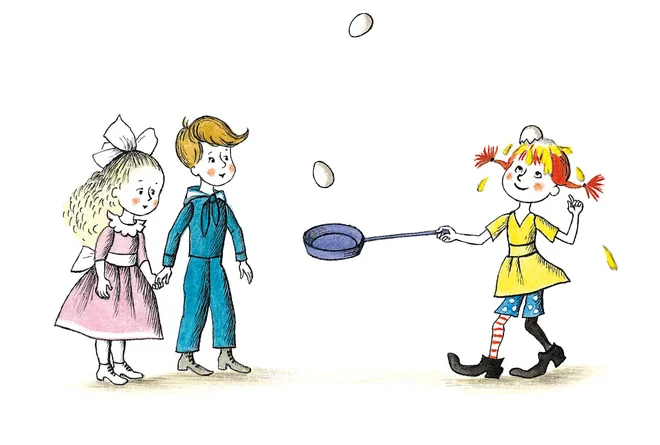
Illustration: Marlenka Stupica/from Pika Socks book
Her home is an old house, Vila Čiračara, where she has a company of a monkey Ficko and a dotted horse that prefers to stand on the terrace. The story begins when they become part of the team of neighbor Anica and Tomaž, a beautifully raised child from a reputable family, who exemplarily ensure that their dress is not torn and dirty, who politely greet and address adults and even know all the rules of etiquette. Then they get to know the dot, see the world a little differently, here and there they break the rule (adults), and above all they have fun and can no longer imagine everyday life without its society.
Pippilotta Viktualia Rullgardin Krusmynt Efraimsdotter Långstrump
The circumstances of which we could grow up with Pika Socks could be discussed, because different sources put different events in the forefront. Among the key is that Astrid Lindgren fell in April 1944 and twisted her ankle, which made her rest. It was then that she began to write down, in fact, stenographic, adventures about Pika Socks, and finally offered them (of course transcribed) to the publishing house. As it often happened in hits, her manuscript was initially rejected by Albert Bonnier.
In the meantime, she connected with the new, small publishing house Rabén & Sjgren and sent her manuscript Britt-Mari Lättar Sitt Hjärt (Britt-Mari facilitates the heart). The book was published in November 1944 and became her debut and received the second prize in the competition of the publishing house. Her editor Elsa Olenius She also read the manuscript about Pika Socks, suggested a few corrections to the writer and adjustments, and the bestseller was born. Sock It was published in November 1945 and soon won the first prize at the aforementioned publishing house, and Astrid Lindgren no longer stopped writing, although the parents of her read were initially not approved by spoiling youth susceptible to lumparia. The children, however, quickly got used to it.
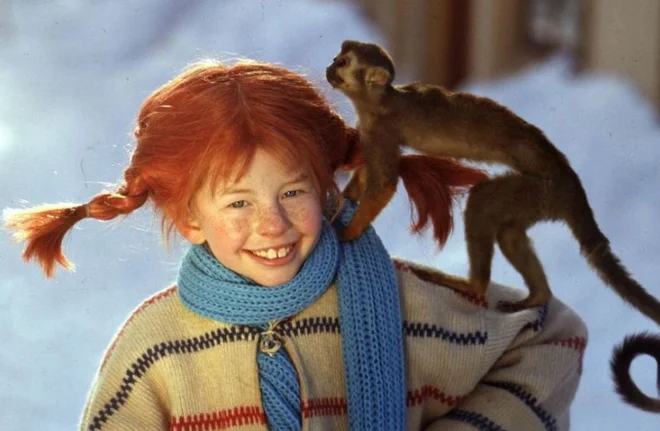
Very popular with viewers was the 1969 television series. Photo: promotional material
Pika Socks full of Pippilotta Viktualia Rullgardin Krusmynta Efraimsdotter Långstrump in the following years, together with her family, boarded a ship and traveled to Taka-Tuka (in the new translation of Kurekuredut), and books traveled around the world every year. Girls acquired values such as principle, friendship and, above all, rejection of violence, especially adult violence against children. This is to be found in many parts of Astrid Lindgren, and she also emphasized the responsibility of adults.
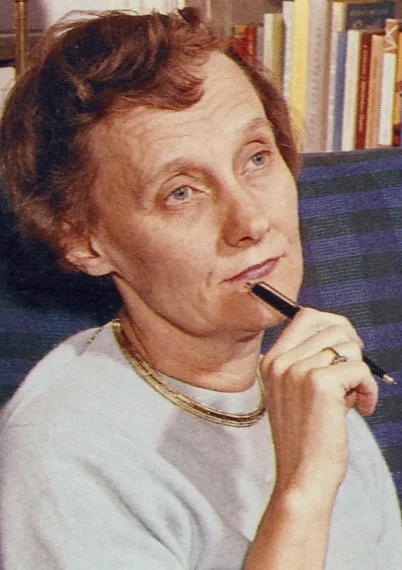
Astrid Lindgren was also a child’s rights fighter. Photo: Wikimedia Commons
} “It is not easy to be small, poor and alone. The world is full of unknown and full of things that scare you. And everything that a child can rely on is adults. They should make sure the world is safe, warm and friendly for the baby. But do they do that? ”Is one of the most famous quotes. It is her work that she was in the comfort of children who experience violence, but at the same time she hoped to open their eyes to adults.
She addressed the latter in one of the most high -profile speeches about non -violence. She addressed it Niemals Gewalt! (Never Violence!)and prepared in 1978, when she received the German Peace Publishers Award. In it, she made it clear against the corporal punishment of children, which was even taken for granted at the time that the organizers estimated that the speech was too provocative. They wanted to accept the award without addressing the audience, but the writer did not give up and said that she would not come if she should not read the speech.
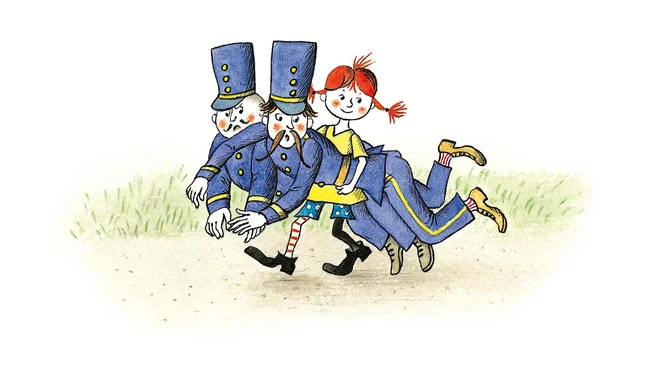
Illustration: Marlenka Stupica/from Pika Socks book
She achieved her own, and above all, the speech achieved its purpose. She sowed the seed of non -violent education and reached a shift. A year later, the first law was passed in Sweden, which prohibited such punishment of children.
Pika Socks, however, continued to do everything in her own way and, with her extraordinary power, put herself on the edge of violent adults who are embarking on helpless children, and threw them through the air like just cut bundles. Of course, nothing happened to them, but they learned the lesson that it was not good to have a good cherry with little girls.

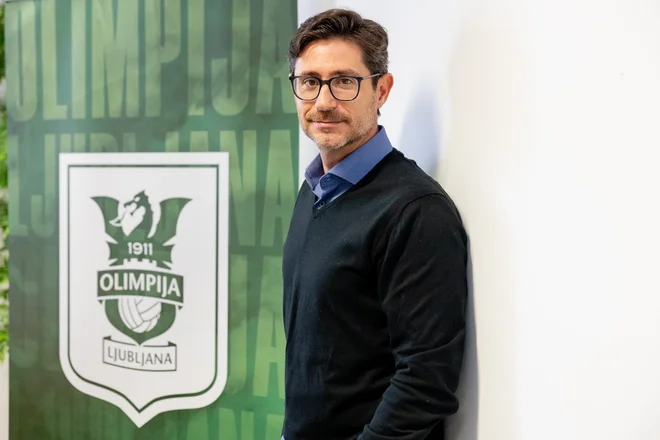
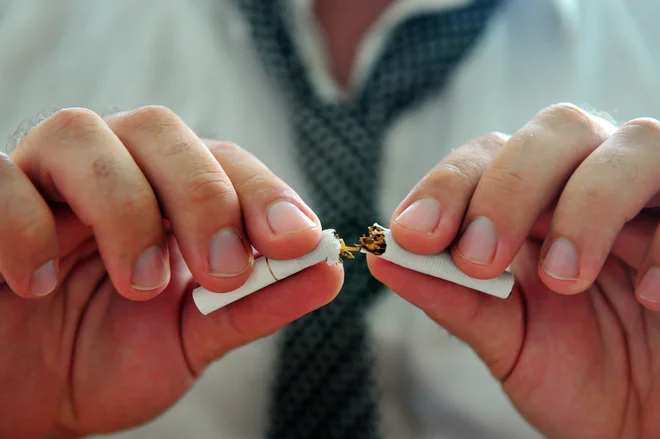
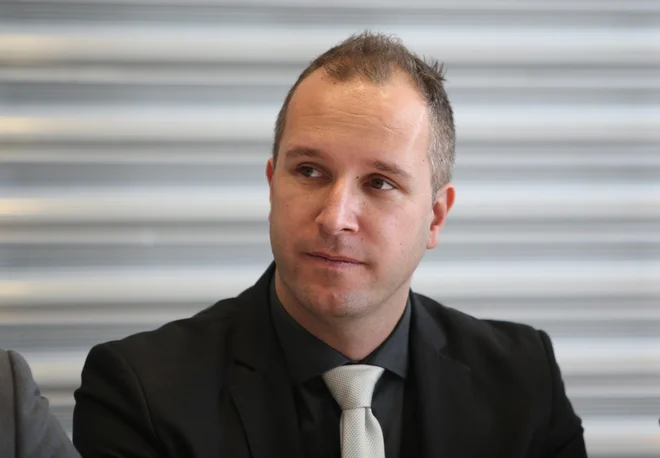


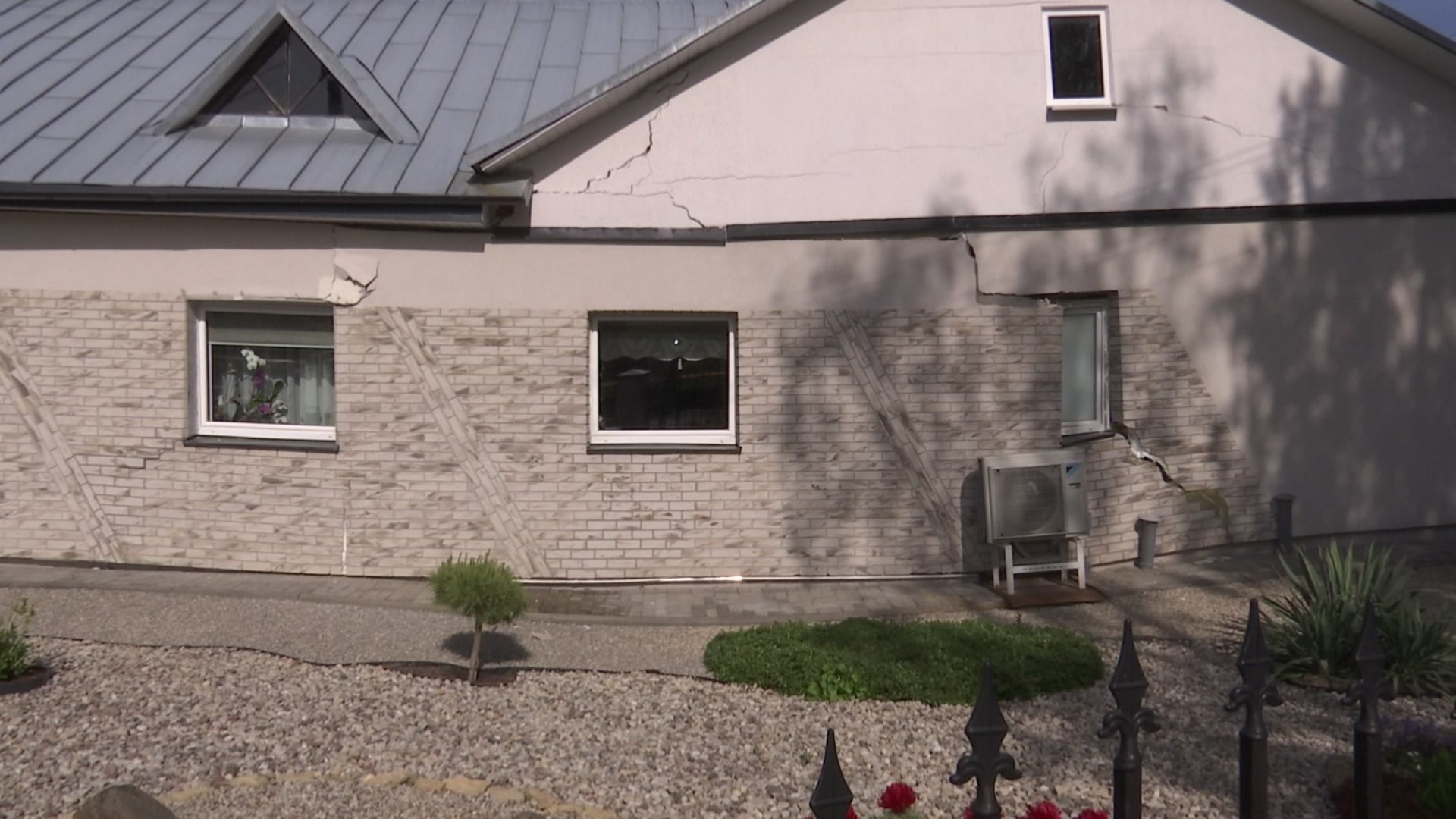

:format(webp)/s3/static.nrc.nl/wp-content/uploads/2025/05/07140626/data131882325-46b0f8.jpg)